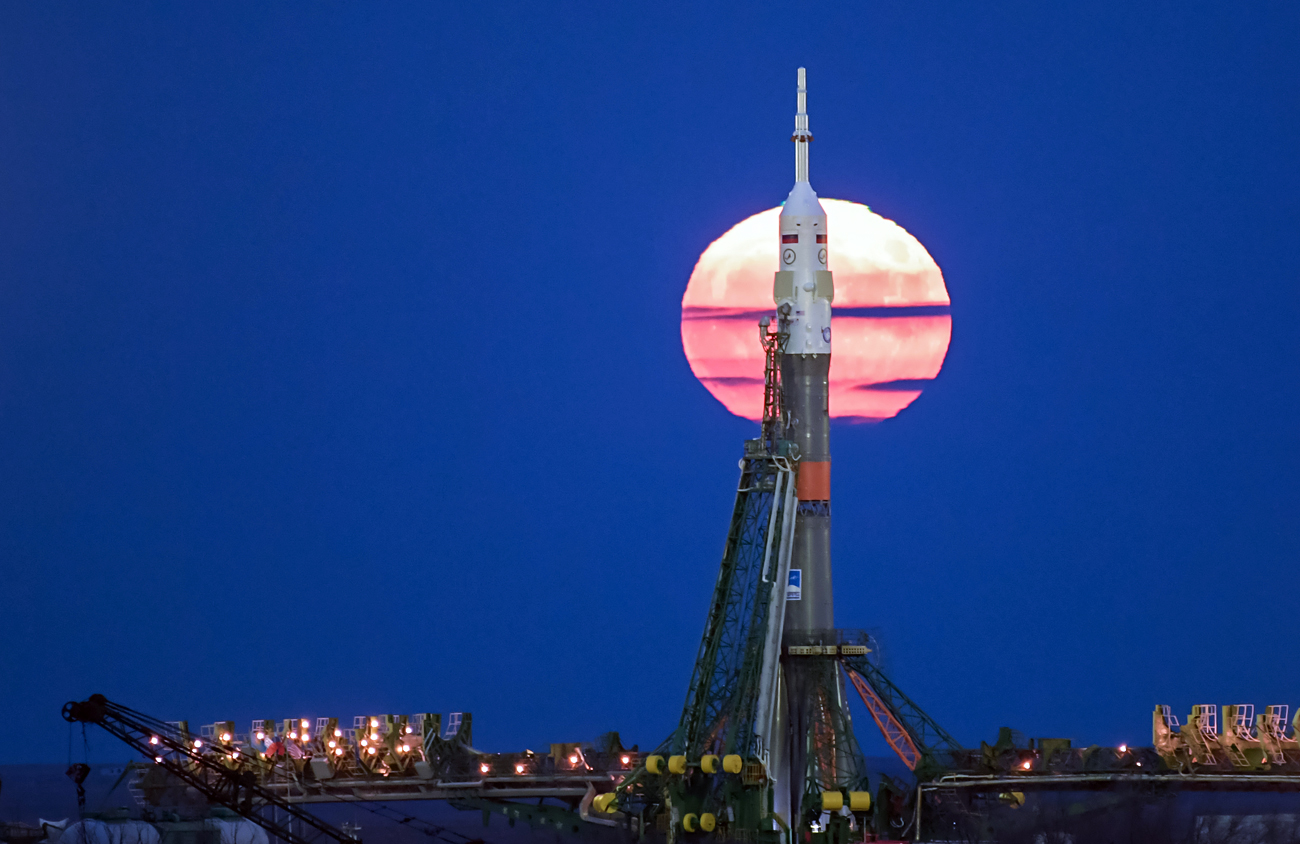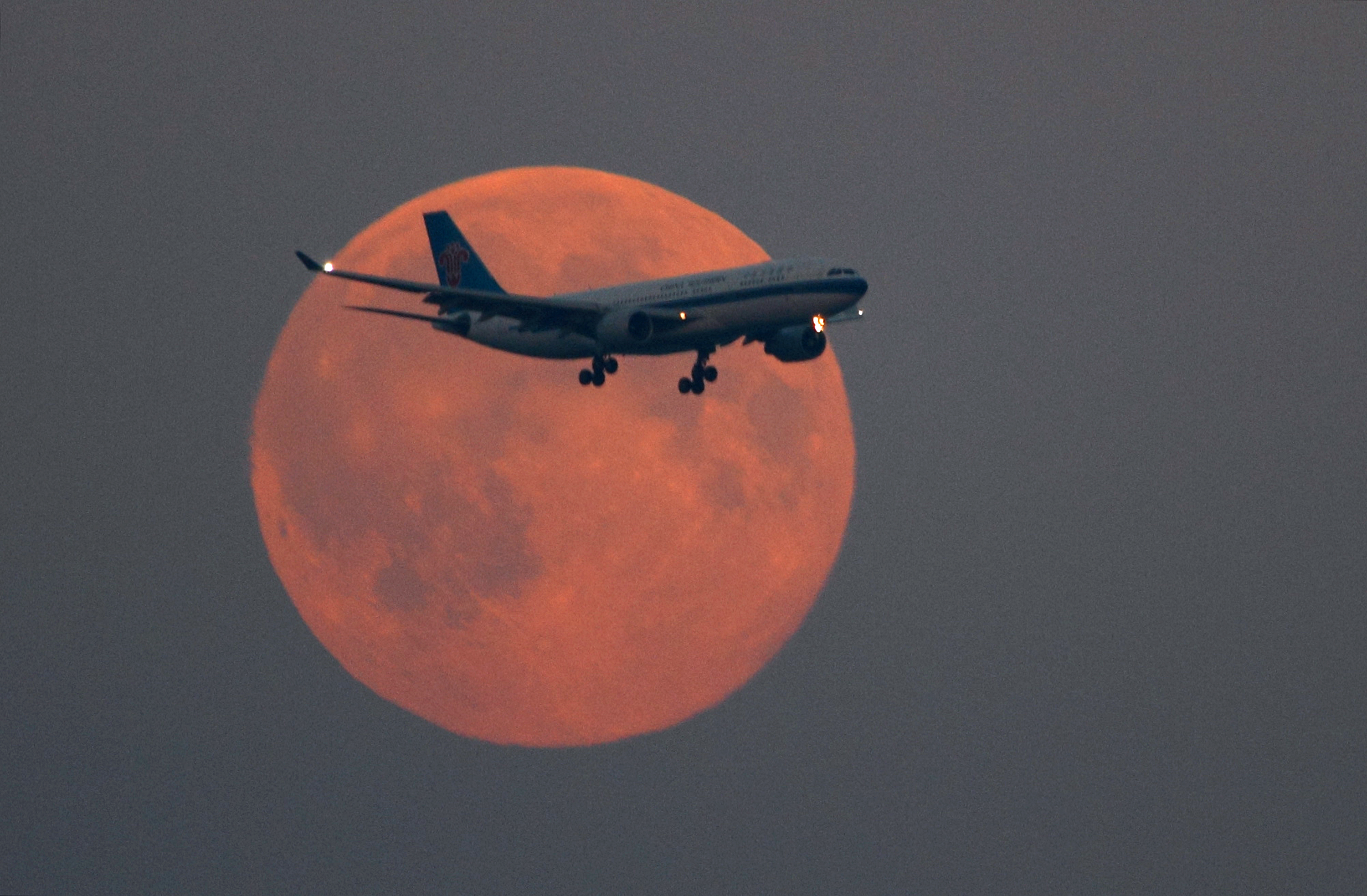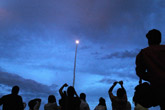Conquering the Moon: Russia’s 21st century aim in space

Russia has chances of returning to the Moon Club in 2019.
Grigoriy Sisoev/RIA NovostiRumours about the scaling down of the Russian lunar programme are exaggerated. It turns out that the devices Russia was planning to send to the Moon will be launched, albeit with some delay. Meanwhile, the Space Research Institute wrote in the VZGLYAD newspaper about what the main aim is and the importance of this new cycle of lunar exploration.
Earlier, the news agency TASS, quoting Boris Shustov, Director of the Institute of Astronomy at RAS, reported that Russia’s lunar exploration program had been reduced from five to four devices.
“The lunar programme is raising many questions,” Shustov said during the scientific-practical conference called ‘Space in the 21st Century’. Hence, Russia has abandoned the ‘Luna-Grunt’ project to deliver lunar soil to Earth,” wrote TASS .
However, as Shustov himself wrote in VZGLYAD, this does not mean cancellation of the project, but simply a likely postponement in launching the recovery vehicle with an automatic interplanetary station, to the year 2025.
The press service of the state corporation, however, confirmed to VZGLYAD that all work on the lunar programme, planned within the Federal Space Programme for 2016-2025, is proceeding according to plan.
“In particular, the contract for the development of the technical specifications for the Luna-Grunt mission has been concluded, and is being implemented,” the organisation’s press service stated.
Igor Mitrofanov, head of the space gamma spectroscopy laboratory at the Space Research Institute, Russian Academy of Sciences, said these new flights of automatic stations to the Moon can be considered as the reincarnation of the Soviet missions to the Earth’s satellite in the years between 1950 and 1970. This time, however, the focus will be on studying the polar regions of the celestial body. The Space Research Institute is now building a significant portion of the instruments which will be part of the lunar programme. This iteration is vital.
The essence of the Luna-Grunt mission
“The fact is that about 10-15 years ago, it became clear that the lunar poles are very different from what had been studied in the mid-20th century under the Soviet programme ‘Luna’ and the American programme ‘Apollo’. These brought back great amounts of soil from the Moon, but there was nothing particularly interesting in these materials. Then, about 10 years ago, it became known that the lunar poles contain deposits of volatile compounds, which are likely to have been brought in by comets,” Mitrofanov told VZGLYAD.
Mitrofanov said the comets were remains of the protostar cloud, from which the solar system was formed billions of years ago. During the entire life of the Moon, comets have been striking its surface, and evaporating, as they are partly composed of ice, their substances remaining in the ‘cold traps’.
The lunar poles were turned into kind of natural refrigerators. Seven years ago, the American LCROSS probe confirmed the presence of large amounts of water on the Moon. As a result of the blast of the Centaur’s booster block, in addition to water in the cloud of dust, the station found mercury, silver, hydrogen, carbon monoxide, calcium and magnesium, ammonia, and traces of sodium on the surface of the Moon.
“And all these substances are simply being stored on the Moon. We can look into the history of our solar system and create an idea, build a model of how it was formed. The same comets that fell on the Moon, also fell on the early Earth, in the Earth’s original ocean. The chemicals of these celestial bodies come to us, and may have been associated with the emergence of life on our planet. So, by studying the lunar poles, we may yet understand the possible nature of our own origins,” said the representative of the Space Research Institute.
He added that the presence of water on the moon, even in the form of ice, is very important from a practical point of view. According to the scientist, this will help in studying the possibility of supplying planned lunar bases, using the internal resources of the natural satellite.
Mitrofanov stressed that despite the rumours of a possible reduction in the programme, no projects would be cancelled. However, the main concept of the Luna-Grunt project (Luna-28) will be developed only after the missions of the Luna-25 (Luna-Globe), Luna-26 (Luna-Resource-1), Luna-27 (Luna-Resource-1 PA), which should be sent to the Earth’s satellite in the years 2019-2023.
“These three projects must be implemented on schedule. The sequence of goals and objectives, even if there should be any financial constraints, in any case, will not change. We are now in a state of a ‘moon race’. The fact is that in the 21st century, the exploration and conquest of the Moon will take place. Not only Russia, but also other countries are moving in this direction. We must understand that this is our strategic goal, and I am confident that our Moon Program will not be reduced or postponed,” he said.
“As for the Luna-Grunt, an important issue is being worked on – will this be a unit with a rocket for the return flight, or will there be two of them. In the second case, the operation looks like this: the probe will land on the moon, gather soil from it, and then take off and dock in orbit with another machine that automatically returns the station to the Earth. Here, based on the preceding expeditions, we will consider which method is the most feasible,” Mitrofanov said.
Is Russia lagging behind in space exploration?
Since 1976, no Russian spacecraft has landed on the moon. During this period Japan, India and China have joined the Moon Club. While the first two have limited themselves to sending orbiters around the Earth’s satellite, China has become the third country, after the Soviet Union and the United States, to put a landing module to the Moon’s surface. In 2017, China is planning to take soil samples from the Moon, as part of the Chang’e-5 expedition.
Despite a slight lag in the exploration of outer space, Russia has chances of returning to the Moon Club in 2019, becoming an active space power. Landing cosmonauts on the Moon is scheduled for 2031. It is possible that an entire scientific observatory will be created there. At least, scientists expect to gain a foothold on the Moon, and stay on there for a long time.
First published in Russian by Vzglyad.
All rights reserved by Rossiyskaya Gazeta.
Subscribe
to our newsletter!
Get the week's best stories straight to your inbox

